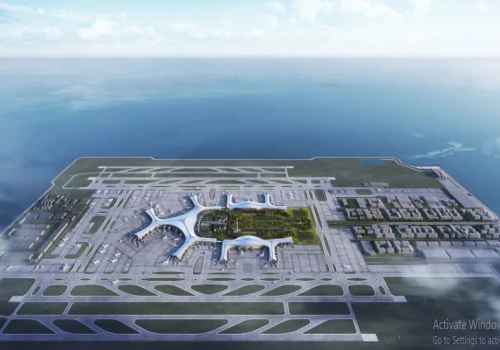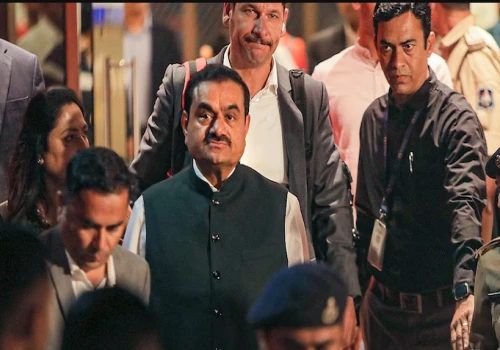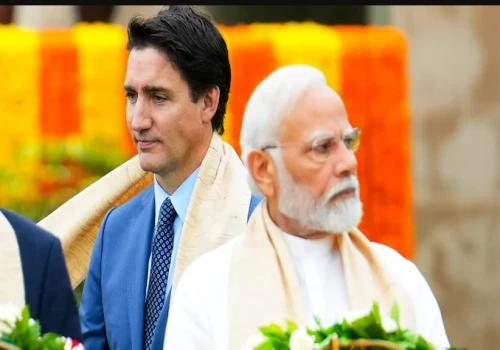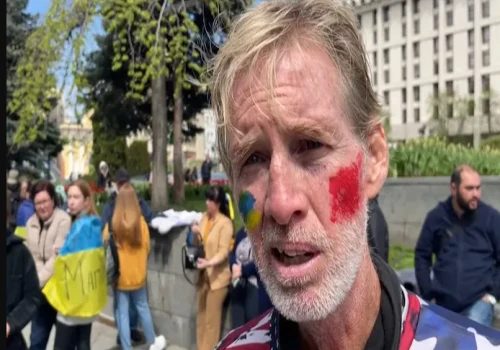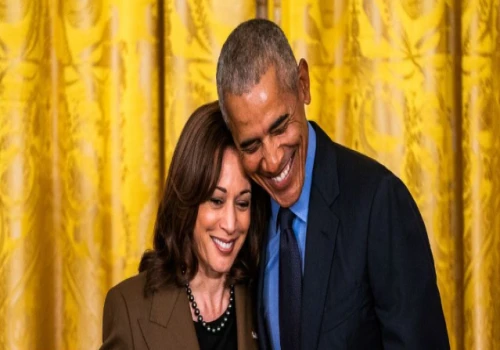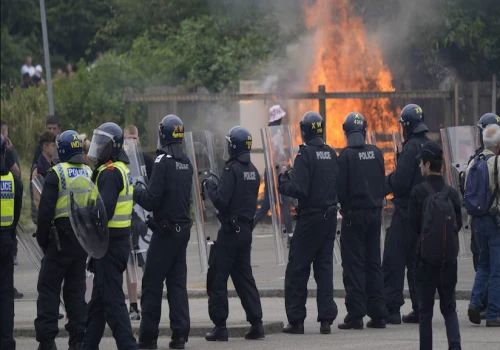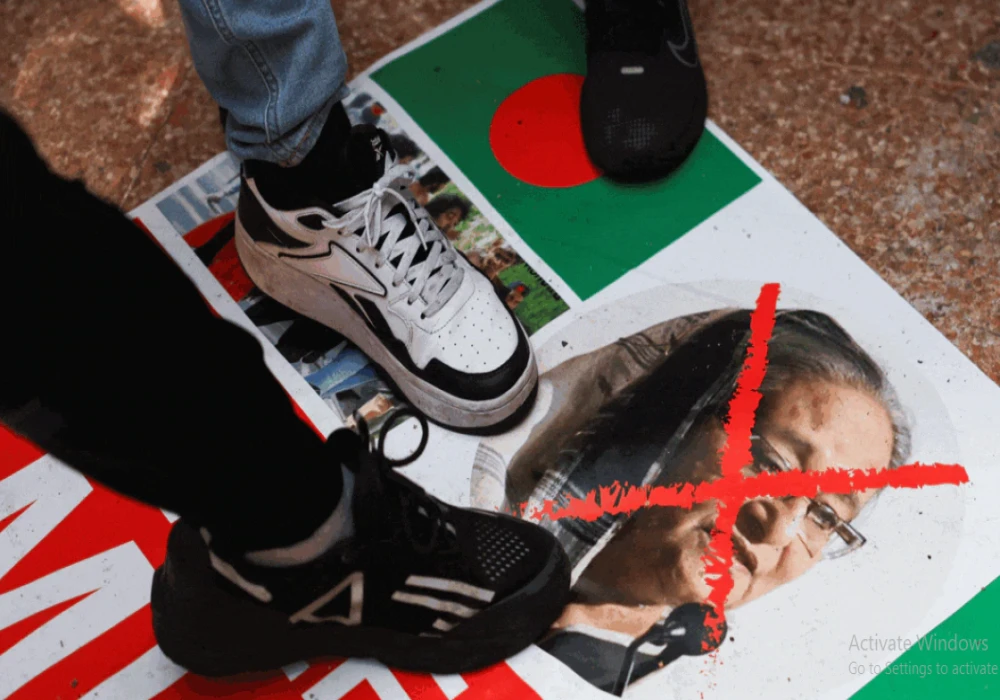
Bangladesh Prime Minister Sheikh Hasina has resigned and left the country, with her flight landing at Hindon Air Force Station in Ghaziabad, India, at 5:36 pm on Monday. Her departure ends her 15-year tenure amidst severe unrest in Bangladesh. This turmoil follows weeks of anti-government protests that have resulted in over 300 deaths.
The protests initially began peacefully in late June, led by students demanding an end to a job quota system. However, tensions quickly escalated into violence as clashes erupted between protesters, police, and pro-government activists at Dhaka University. The government's attempts to control the situation included using tear gas, rubber bullets, and imposing a curfew with a shoot-on-sight order, further inflaming the unrest.
On Monday, thousands of protesters stormed Hasina’s official residence, Ganabhaban, in Dhaka. The protesters, defying a nationwide curfew, marched past armored vehicles and heavily armed security, causing significant damage to the residence. They took away various items from one of the most secure buildings in the country.
In response to the crisis, Bangladesh’s army chief, General Waker-Uz-Zaman, announced that an interim government would assume power. He pledged to investigate the violence and ensure that the military would not engage in further violence. He also urged calm from the students and promised accountability for those responsible for the deaths.
Amid the unrest, India has heightened security along its border with Bangladesh and suspended train services to border areas. A statue of Sheikh Hasina’s father, former President Sheikh Mujibur Rahman, was vandalized by protestors in Dhaka. Former Indian Ambassador Harsh Vardhan Shringla suggested that foreign powers might be involved in the unrest.




